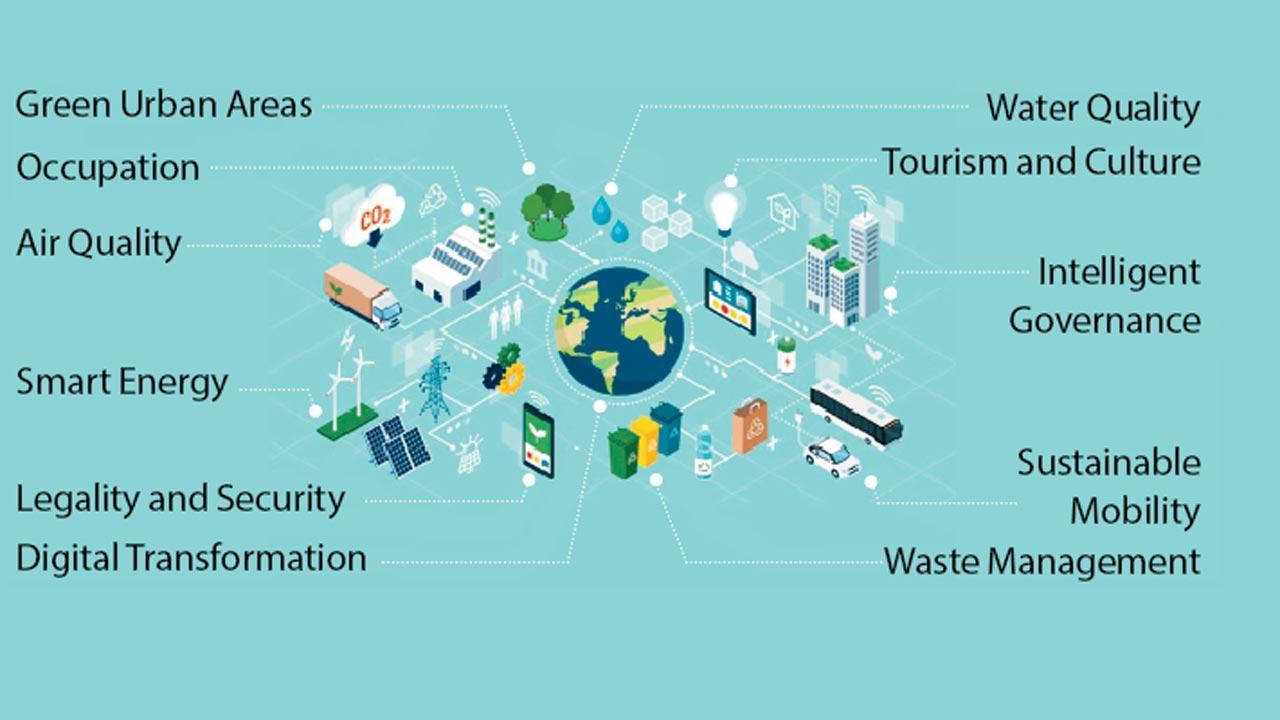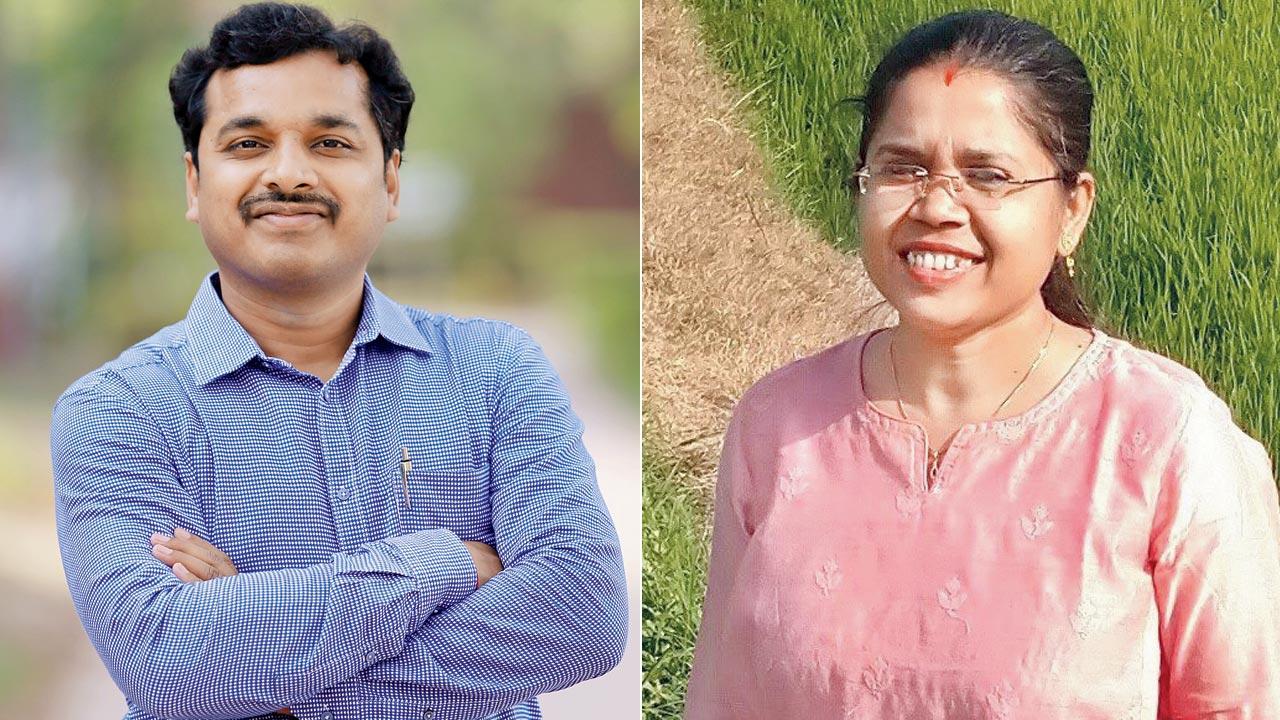Digital India doesn’t just mean access to mobiles and ecommerce boom. Two city professors discuss why and how Mumbai among other metros, can fall back on the Internet of Things

Essential issues that a smart city grapples with. Source: Internet of Things for sustainable urbanism, Adapted from Belli et al. (2), 2020
By 2050, 75 per cent of the world’s population will be living in cities. In India, 34 per cent already does. It’s a no brainer then that making our cities equipped to handle large populations should be our number one priority. And technology is the tool, thinks Dr Paribhasha Kumari Sharma, associate professor at Jindal Global Business School, OP Jindal Global University.
ADVERTISEMENT
Sharma, along with her colleague Dr Srinivas Jangirala, has launched a literature review paper on how the Internet of Things (IoT) can be used to make smart cities. The term describes physical objects with sensors, processing ability, software, and other technologies that connect and exchange data with other devices and systems over the Internet or other communications networks. “It will help cities manage urban resources in a manner that’s both useful and sustainable,” Sharma says.
 Dr Srinivas Jangirala and Dr Paribhasha Kumari Sharma
Dr Srinivas Jangirala and Dr Paribhasha Kumari Sharma
In here, the professors speak about the opportunities that the world can use IoT for, and the challenges it presents. But the first step, says Jangirala, is to distinguish between what is a smart city and not. “Let me give you an example,” he says, “In any city, a lamp post is a lamp post. But in a smart city, everything including this lamp post can be used. This lamp post will have LED lights; it could also have sensors that figure if people are around, so it can dim down with lower footfall, or brighten up when there’s a large group. It can also be used to measure air quality. This information can be relayed in real time to authorities concerned.” Jangirala adds that IoT always works better if the citizens are involved. He speaks of a citizen-led air pollution survey. In 2017, a project called Sensors in a Shoebox placed compact kits of sensors in the hands of Detroit teenagers. Funded by grants from the Knight Cities Challenge and the National Science Foundation, it hoped to empower the community, and make citizens ask questions about pedestrian traffic and neighbourhood air quality.
The paper also references global smart cities like Singapore, Dubai, and Amsterdam, all which have managed to adopt the IoT model. “In Singapore, they are working on the development of a virtual Singapore,” says Jangirala, while Sharma adds, “Look at London. They manage traffic and passenger movement on the trains with IoT.” The city is famously known to combat overcrowding by monitoring passenger density through video analytics and already existing cameras, and have the staff open extra ticket windows for instance. The paper states, “In London, congestion management based on number plate identification was effective in minimising traffic bottlenecks during peak hours. Wi-Fi connectivity on the Tube, automated road management, and cycle-rental programmes are among the numerous IoT-based smart applications. London applies IoT for smart waste management under the London Plan. The data is connected to a centralised server for real time monitoring and management.” Barcelona has managed waste disposal with the use of smart bins, smart public transportation including cycles, and low-cost and easy-to-use sensors to detect noise pollution.
For India, the starting point could be to work on air quality, and smart parking, the professors feel, especially in Delhi, Mumbai and Bengaluru. According to the paper, the main challenges that the country will have to tackle are that of infrastructure modifications, their cost, an adept data management system, and of course, to look into data privacy. In 2015, Indian had drafted a Smart Cities Mission, which included 100 cities, each awarded R100 crore to make them more technologically equipped. The two academicians now plan to look at how well the plans have been executed. As Sharma says, “This paper is particularly significant for practitioners and public policy experts, including the government. It sheds light on how IoT can be employed for an inclusive sustainable city. Now, they need to take into consideration all the resources they have on hand, and figure out the best way to do this.”
 Subscribe today by clicking the link and stay updated with the latest news!" Click here!
Subscribe today by clicking the link and stay updated with the latest news!" Click here!







